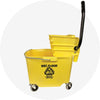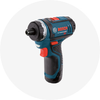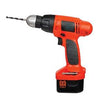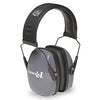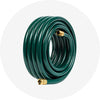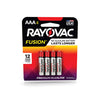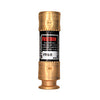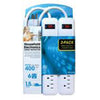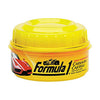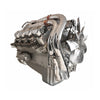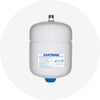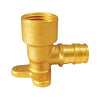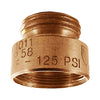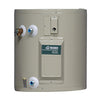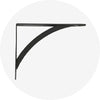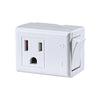6 Types of Bird Feeders
∙ min read
One of the many benefits of owning a home is the ability to hang up a bird feeder and attract brightly colored, sweetly singing, feathered friends to your yard. Because different bird species have other diets, you may want to put up multiple bird feeders around your yard offering different types of food. The majority of birds you want to draw to your yard eat seeds, so most feeders are made to contain them. However, there are also feeders intended for birds that eat another kind of bird food; for instance, a hummingbird would need a nectar feeder.
There are many different types of feeders available. They each have their strengths and weaknesses. If you have particular concerns, you should look for feeders specifically designed to address them. For example, you should look for a squirrel-proof bird feeder if the tree-dwelling rodents are making a nuisance of themselves eating the food intended to go into beaks.
Here are some of the most common types of feeders that you are likely to encounter.
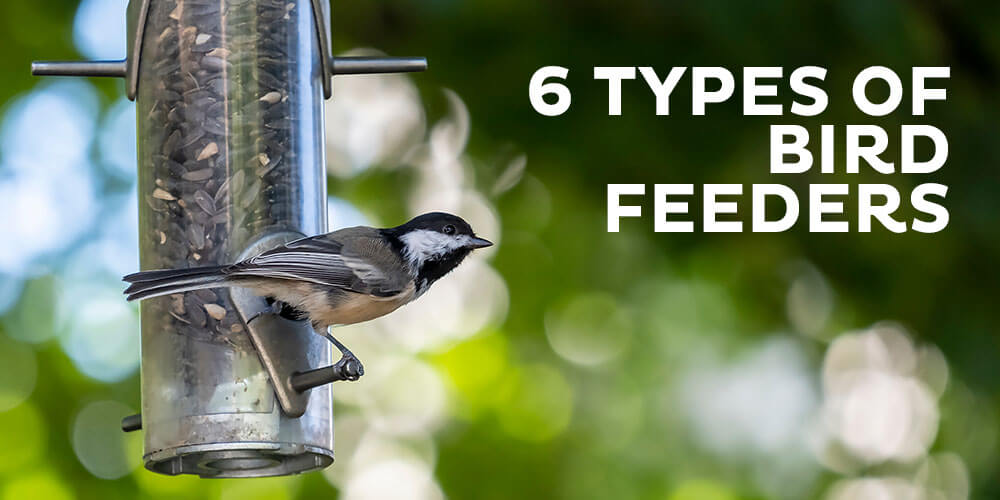
1. Suet Feeders
Suet is a type of animal fat used in bird feeders, either by itself or mixed with other foods that birds like, such as seeds or dried insects. Suet gives birds a lot of energy and is easily digested, making it a valuable food during the winter. However, suet has to be protected from weather conditions of rain or high temperatures, or it may become soft or grow rancid; that is why you should have the suet feeder to avoid any inconvenience.
It is easy to make a DIY bird feeder by putting it in the crevices of tree bark or filling holes drilled in small logs with suet. Some people merely put the suet in a mesh bag, but this can cause the bird to entangle its feet. A bird in this situation could die if not manually released. An alternative to the mesh bag is a suet cage made of metal or plastic that allows overwintering birds, such as chickadees and jays, to feed safely.

2. Hopper Feeders
A hopper is a shaped container, sort of like an inverted pyramid. It is designed to store material such as grain and release it from the bottom. A hopper feeder works the same way. It is also called a house feeder, which may cause some confusion between bird feeders and houses. House feeders do not have any room for birds to build a nest, which is the purpose of a birdhouse.
Hopper feeders can be convenient because they can hold several days' worth of seeds. However, they can be harder to clean and promote bacterial or fungal growth if the seeds get wet. Hopper feeders are also vulnerable to squirrels, although putting it on a bird feeder pole with a baffle may prevent squirrels from getting into it.
Many hopper feeders have little roofs, which may be why they are also called house feeders. However, they are not always shaped like houses and may come in a range of whimsical shapes.

3. Tube Feeders
Tube feeders are among the most popular for many reasons. The tube can be made of plastic, glass, or wire mesh. Each feeder typically has some openings called ports with a perch allowing birds to feed. Since some birds can feed while upside down, the perches may be either above or below the ports. You can choose a feeder with smaller perches if you want to exclude larger birds, such as jays and grackles.
A significant advantage of tube feeders is that they effectively prevent bird seed from getting wet, though the feeder still has to be emptied and cleaned relatively frequently. Not all tube feeders are resistant to squirrels, but some are specifically designed that way.

4. Window Bird Feeders
In addition to giving you a close-up view of your visitors, a window bird feeder offers numerous advantages. They are easy to clean and refill, and they are safer for birds to visit because the placement reduces the risk of window collisions. However, they have to be emptied and refilled daily because they could soil the seeds by standing in the window feeder.

5. Tray Feeders
A tray feeder may be an excellent DIY bird feeder option because it is relatively simple. However, it has to have sufficient drainage to prevent the seeds from becoming too wet. This could allow the seeds to sprout or promote the growth of bacteria or fungi. By themselves, tray feeders do nothing to deter chipmunks and squirrels. However, they can go almost anywhere, and they tend to attract the widest variety of birds.

6. Non-Seed Feeders
The feeders featured thus far all cater to birds that prefer seeds. However, there are other species that feed on nectar or fruit, or invertebrates, such as insects or mealworms. Fortunately, there are feeders designed to cater specifically to species such as orioles or hummingbirds that do not eat seeds.
If you need to know what to consider for setting up a hummingbird feeder, you can read this article.

Bird feeders not only benefit you; they also help the birds themselves. Feeding birds improve survival rates by 38% for baby birds as well as adults. Do something good for yourself and your feathered friends by purchasing unique bird feeders from Max Warehouse. You can also find a variety of bird feeding supplies.
Shop Your Bird Feeder Today


